By Soma Ateesh Tripathi
From pre-independence to the 1960’s, when the Delhi Birdwatchers Society was formed, to 1975, when Usha Ganguli’s ‘A Guide to the Birds of the Delhi Area’ was published , to 2006, when the ‘Atlas of the Birds of Delhi and Haryana‘ was released – Delhi’s birds and habitats have always been well-watched. With the advent of the internet, the city’s bird club was amongst the first in the country to take to online forums and platforms (Delhibird’s Yahoo and Google email groups still continue to survive).
In recent years, the popularity of birding has grown further, and a multitude of groups and individuals have taken to birding outside of established clubs and organized walks, and reports and sightings are uploaded across various social media forums. While birding as a hobby kept growing, documented records of birds had become more scattered than ever.
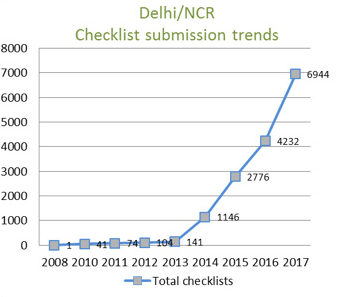 In 2014, birders in Delhi took to the eBird birding platform, which has since seen a steady increase in growth and popularity across the capital city. On 25 November 2017, some eBirders from the city organized a meet-up to get birders together under one roof with the aims of discussing eBird, how to use it more productively, and to ensure sustained use and growth of the platform over the coming years.
In 2014, birders in Delhi took to the eBird birding platform, which has since seen a steady increase in growth and popularity across the capital city. On 25 November 2017, some eBirders from the city organized a meet-up to get birders together under one roof with the aims of discussing eBird, how to use it more productively, and to ensure sustained use and growth of the platform over the coming years.
Soma Ateesh discussed the trends of eBird usage in Delhi. Positivity flowed with the numbers showing that eBird adoption in Delhi was on the rise and valuable information was indeed coming into the database. Comparisons with Kerala and Tamil Nadu, states with some of the highest eBird usage in India, evoked discussions on how to increase participation from the city. Some of the visualizations, such as the Amur Falcon migration map, were shown to reinforce how valuable a common platform or database can be when a large number of people contribute to it.
Pankaj Gupta and Abhishek Gulshan discussed the eBird data quality functions with a live demonstration. Apart from showing how filters and review queues are managed, the duo also emphasized the various facets of improving data quality at the listing level such as providing the right documentation, marking the right locations, tips on ensuring that eBird lists are as valuable as possible, taxonomic issues, etc. This was beneficial to the audience as the data quality processes are something the user is often not privy to and a number of participants were made aware, with examples, of the benefits of documentation and better listing practices for the first time.
Misha Bansal, who is using eBird to run a bird monitoring project in the scrub habitats of Delhi and Gurgaon, discussed how systematically collected data can be very useful for science and conservation. She went into the details of her project and spoke of the difference that creating smaller, complete, precise lists make (vs lists with longer durations and large distances) in enriching our understanding of various aspects of birdlife in the habitats she studies.
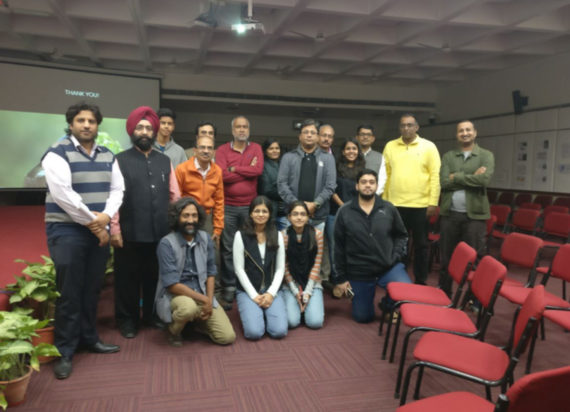
Over 25 (e)birders with a wide range of birding experience attended this meet-up. The discussions helped everyone understand eBird, and its benefits and limitations, better. It is hoped that such meet-ups become a regular affair in the capital city and elsewhere. These events help in not just increasing quality submissions to the eBird platform, but also in bringing together the birding community and moving towards the common aim of furthering our understanding the region’s avifauna.
Header Photo: Painted Storks and Spoonbills, by Mukesh Sehgal/Macaulay Library at the Cornell Lab

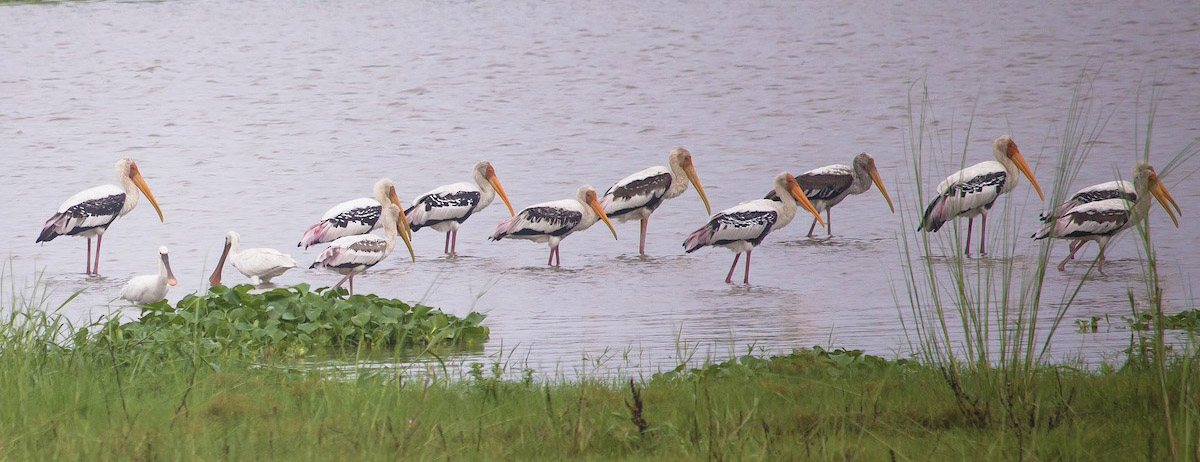
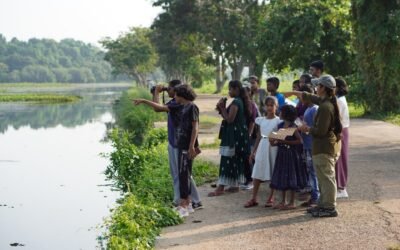
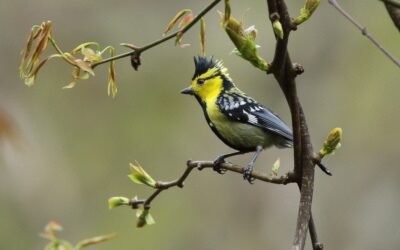
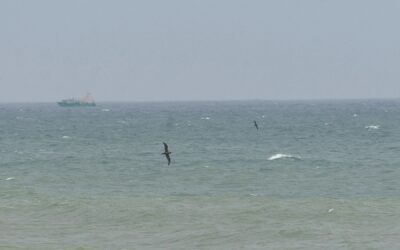
Nice write up! Great to hear the enthusiasm of folks. I’m a relatively new birder so I’m excited to see this group’s existence!
Any more meetups lined up? We should have them periodically to introduce more people to ebird! They have to be conducted across the country!